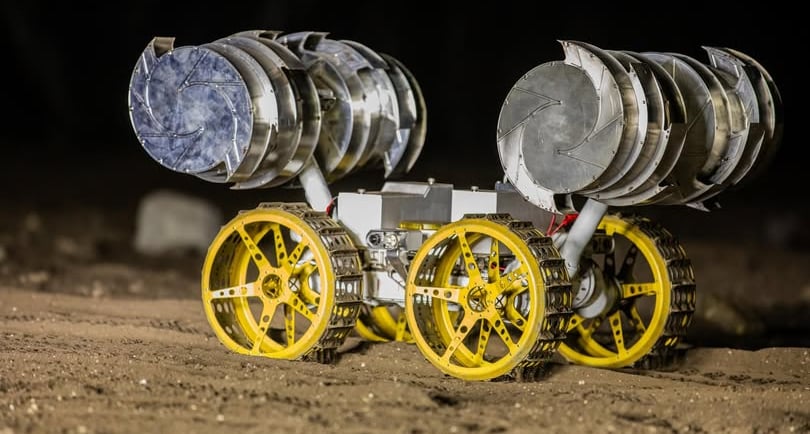NASA's ISRU Pilot Excavator Project: A Step Towards Lunar Resource Utilization


Introduction to NASA's ISRU Pilot Excavator Project
NASA's In-Situ Resource Utilization (ISRU) Pilot Excavator Project is an innovative initiative aimed at revolutionizing our approach to lunar exploration. This project seeks to excavate and transport lunar soil, also known as regolith, across the moon's surface. By effectively harvesting this resource, NASA aims to extract essential materials, such as hydrogen, oxygen, and water, vital for supporting life systems in future lunar missions.
The Importance of Regolith in Lunar Missions
Regolith is a fine, dusty soil layer that covers the moon's surface. Its significance extends beyond mere geological interest; it contains the crucial elements that could facilitate sustainable human presence on the moon. Hydrogen and oxygen derived from lunar regolith play critical roles in the production of water and breathable air, while hydrogen can be used as a fuel source. By focusing on the excavation and transport of lunar soil, NASA aims to establish a self-sustaining human habitat on the moon, effectively reducing the dependence on supplies shipped from Earth.
The Excavation Process and Technology
The ISRU Pilot Excavator Project employs advanced excavation technologies designed to operate efficiently in the challenging environment of the lunar surface. The pilot excavator is engineered to dig into the regolith and collect the soil while minimizing disruption to the surrounding landscape. This precision is essential, allowing NASA to gather samples without contaminating them or altering their natural state. The excavated regolith is then transported to locations where it can be processed to extract resources vital for future missions.
In addition, the technology developed for this project is expected to have applications beyond lunar exploration, including potential use on Mars. As we aim to expand our horizons beyond Earth, the knowledge gained from the ISRU Pilot Excavator Project will pave the way for sustainable exploration across other celestial bodies.
Conclusion: The Future of Lunar Exploration
NASA's ISRU Pilot Excavator Project represents a significant milestone in our journey towards lunar colonization. By effectively utilizing the resources available on the moon, we are taking crucial steps toward establishing a permanent human presence beyond our planet. The ability to dig, transport, and process lunar soil directly on-site will enhance mission viability, safety, and sustainability. As further developments arise from this project, we can look forward to an exciting future where the moon serves as a gateway for humanity's exploration of the cosmos.
